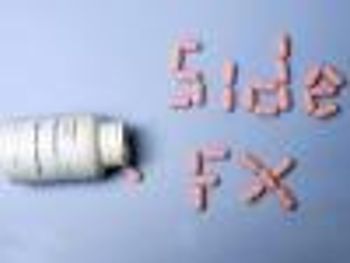
Combination drugs may cause adverse events in individuals coinfected with HIV and HCV.

Combination drugs may cause adverse events in individuals coinfected with HIV and HCV.

Top articles of 2016 on Specialty Pharmacy Times.

Over the years, a number of landmark clinical studies in virology have been published, shaping how we treat the disease today.

Over the years, a number of landmark clinical studies in the field of virology have been published, shaping how we treat many infectious diseases today

Top HIV articles of the year on Specialty Pharmacy Times.
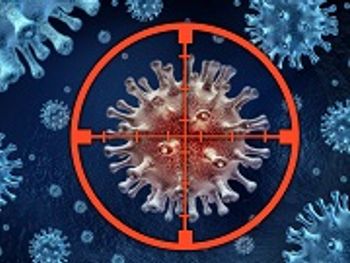
HIV hiding in the brain can cause damage to the patient.

Patients share their personal stories with Specialty Pharmacy Times.

Syringe services programs seek to halt the spread of HIV among injection drug users.
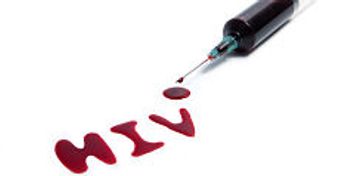
Syringe services programs (SSPs) aim to reduce the spread of HIV among people who inject drugs (PWID), as use of shared needles puts them at high risk of contracting or transmitting the infection.

An antiretroviral vaginal ring is being investigated to quell the spread of HIV.
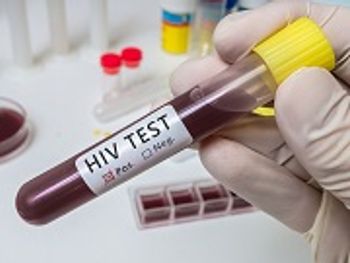
The state’s health department recommends that patients be screened for HIV, and hepatitis B and C viruses.
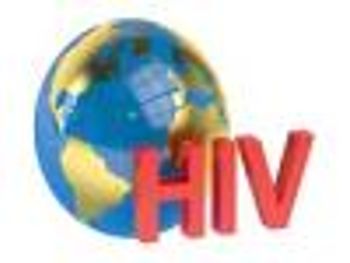
HIV infection continues to rise in across European countries.
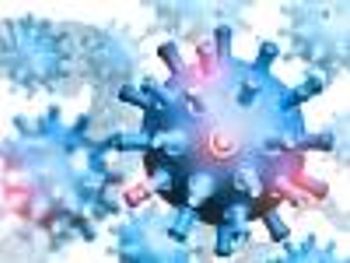
Top news of the day from across the health care landscape.
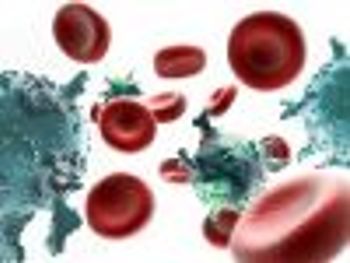
Lack of adherence to HIV medications can create resistance since the virus mutates quickly.
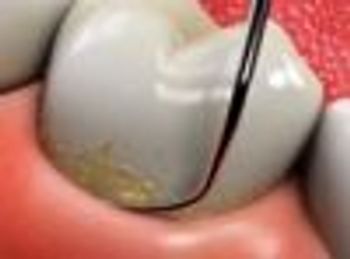
Pennsylvania health department recommends that patients be screened for HIV, and hepatitis B and C viruses.
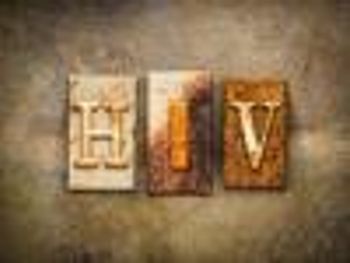
Integrase inhibitors can reduce the HIV viral load to decrease transmission of the disease.
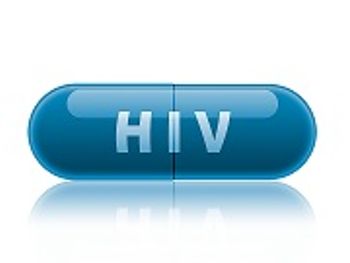
Integrase inhibitors reduce HIV viral load in the blood and semen.

Approximately 1.2 million individuals live with HIV/AIDS in the United States. This population is at an increased risk of opportunistic infections (OIs), an area where pharmacists have significant potential to make meaningful interventions.
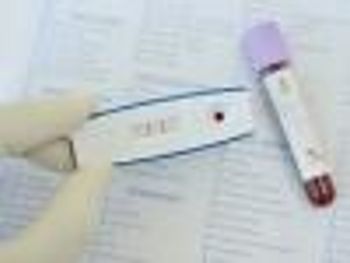
Global HIV incidence rates drop in some African countries.
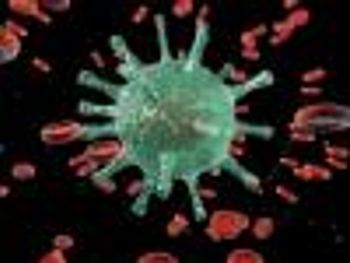
Prior research suggested that T cells become pathogenic when they encounter specific dendritic cells in the lymph nodes.
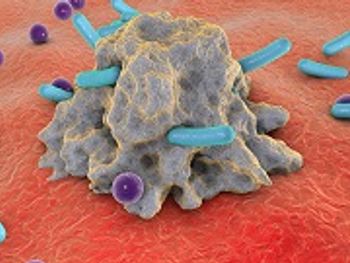
Clinicians are able to prescribe ART more liberally for HIV because of its improved adverse event profile and wider array of available drugs.

The recommended time to begin antiretroviral therapy has changed since it first arrived in the mid 90s for HIV.

Study cautions against unintended consequences of “shock and kill†treatment for HIV.
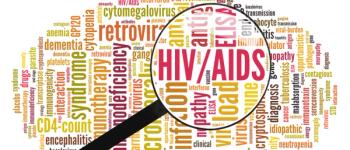
The recommended time to begin antiretroviral therapy (called the ART-start threshold) has changed since ART first arrived in the mid 90s. Now, clinicians are able to prescribe ART more liberally because of its improved adverse event profile and wider array of available drugs.
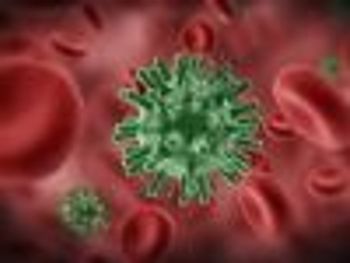
Peer referrals for testing can locate people with undiagnosed HIV better than health care providers.